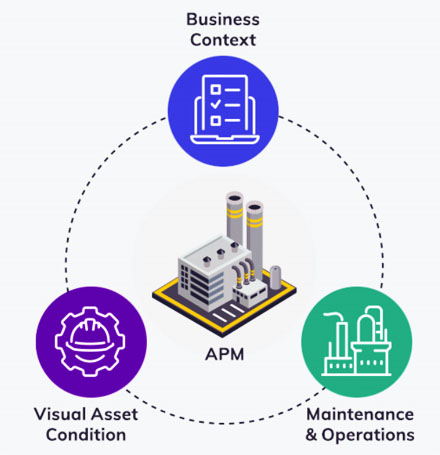APM Support Regulatory Compliance and Data Governance

Application Portfolio Management (APM) supports regulatory compliance and data governance by providing visibility, control, and oversight over applications and data assets within the organization. Here's how APM supports regulatory compliance and data governance:
Inventory and Documentation: APM maintains a comprehensive inventory of applications and data assets within the organization, including details such as application functionality, data sources, data types, and data ownership. It documents metadata and data lineage information to track the flow of data across applications and systems, facilitating compliance with regulatory requirements and data governance policies.
Data Classification and Tagging: APM classifies and tags data assets based on their sensitivity, criticality, and regulatory requirements. It identifies sensitive data elements, such as personally identifiable information (PII), protected health information (PHI), and financial data, and applies appropriate security controls and access restrictions to ensure compliance with data protection regulations, such as GDPR, HIPAA, and PCI DSS.
Risk Assessment and Mitigation: APM conducts risk assessments to identify and mitigate risks associated with data privacy, security, and regulatory compliance. It evaluates factors such as data exposure, data residency requirements, data encryption, and data access controls to assess compliance risks and implement appropriate risk mitigation strategies, such as data masking, encryption, and access controls.
Policy Enforcement: APM enforces data governance policies and regulatory requirements across the application portfolio. It implements policies for data retention, data access, data quality, and data lifecycle management to ensure compliance with internal policies and external regulations. APM monitors compliance with policies and regulations, enforces access controls, and tracks data usage to prevent unauthorized access or misuse of sensitive data.
Audit and Reporting: APM facilitates audit and reporting activities to demonstrate compliance with regulatory requirements and data governance policies. It generates audit trails, logs, and reports on data access, data usage, and data security incidents to provide visibility into compliance activities and ensure accountability. APM supports regulatory audits by providing evidence of compliance and documentation of data governance practices.
Change Management: APM oversees change management activities related to applications and data assets to ensure that changes comply with regulatory requirements and data governance policies. It establishes processes for reviewing and approving changes, documenting change requests, and tracking change history to maintain compliance with regulatory standards and minimize risks associated with unauthorized changes.
Vendor Management: APM manages vendor relationships and third-party data exchanges to ensure compliance with regulatory requirements and data governance standards. It assesses the security and compliance posture of vendors, evaluates their data processing practices, and implements contractual controls to protect data privacy and security. APM monitors vendor performance and compliance to ensure that vendors adhere to contractual obligations and regulatory requirements.
Continuous Monitoring and Improvement: APM provides continuous monitoring and improvement of data governance and compliance practices. It monitors changes in regulatory requirements, updates data governance policies accordingly, and implements continuous improvement initiatives to enhance data protection, privacy, and compliance. APM fosters a culture of compliance and accountability within the organization, promoting awareness of regulatory requirements and data governance best practices among stakeholders.
By leveraging APM practices, organizations can effectively manage regulatory compliance and data governance requirements, mitigate risks associated with data privacy and security, and demonstrate adherence to regulatory standards and industry best practices. APM helps organizations protect sensitive data, maintain trust with customers and stakeholders, and avoid regulatory penalties and reputational damage associated with non-compliance.
Thank you,